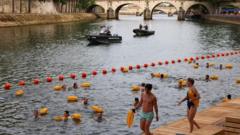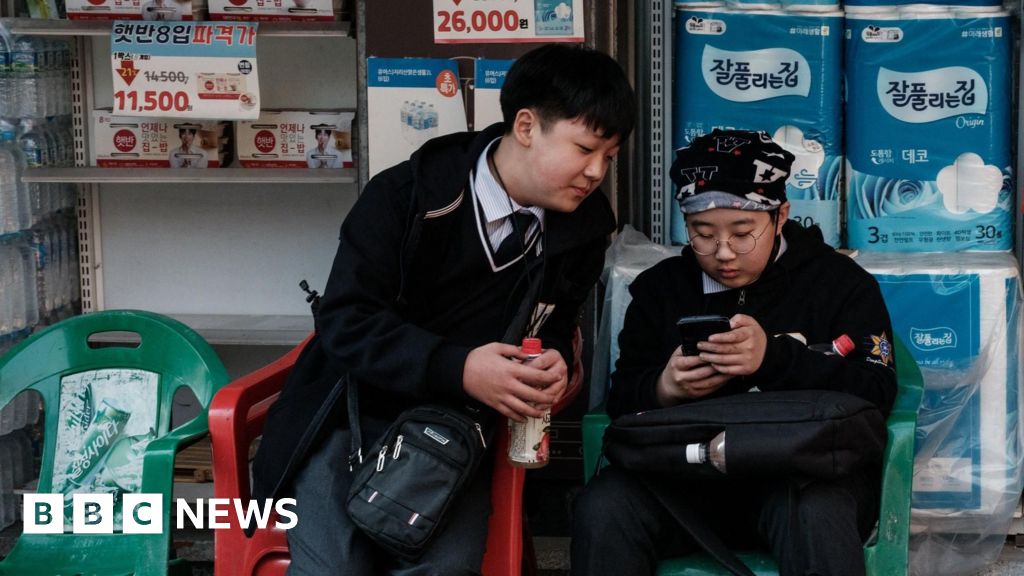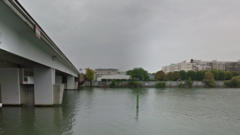The River Seine in Paris has officially reopened to swimmers, ending a ban that lasted for a century, with the last swimmers allowed in the waters back in 1923. This historic shift aligns with the broader context of the Paris 2024 Olympics, during which the Seine will host open water swimming and triathlon events. To ensure cleanliness, significant investments of over €1.4 billion were made in the river’s purification over the last two decades.
As the sun rose at 08:00 local time on Saturday, dozens of eager swimmers gathered to experience the rejuvenated waters, which feature three designated swimming zones strategically located near the Eiffel Tower, Notre Dame Cathedral, and in eastern Paris. Each designated area is equipped with changing rooms, showers, and relaxing beach-style furniture, facilitating comfort for up to 300 visitors at a time.
The swimming areas, operational until the end of August, are free to access for individuals aged 10 and older, while lifeguards oversee safety in the river. The movement to allow swimming in the Seine has been an aspiration since 1988 when former mayor Jacques Chirac first proposed lifting the ban. Extensive efforts over the years to reduce fecal bacteria levels have made this reopening a reality.
Despite prior concerns regarding water safety ahead of the Olympics — notably when heavy rainfall had led to pollution spikes — city officials and Olympic organizers have taken proactive steps to assuage worries. Last summer, Paris Mayor Anne Hidalgo and members of the Olympic committee swam in the Seine to demonstrate its safety for athletes and the public.
With this move, Paris not only reclaims a piece of its cultural heritage but also sets a precedent for urban rivers worldwide, blending the need for recreation with the importance of environmental stewardship.




















